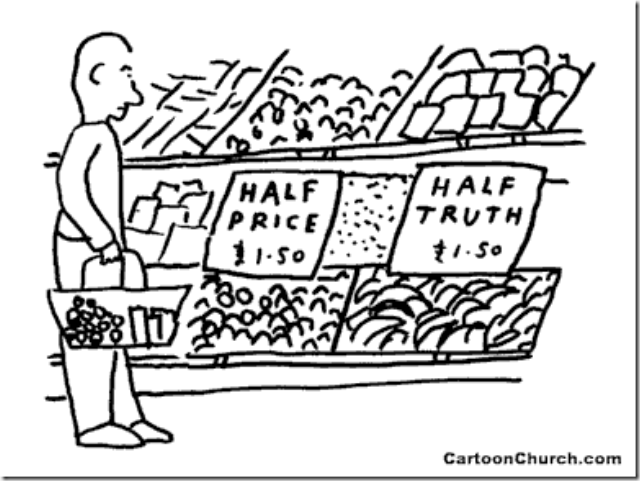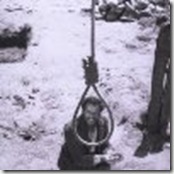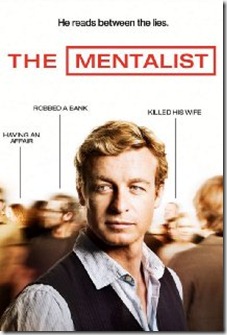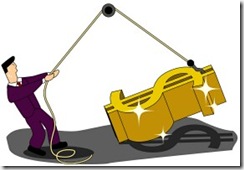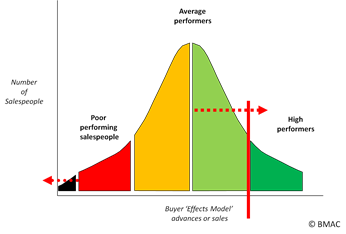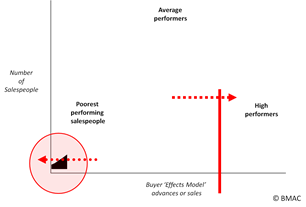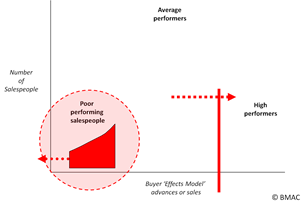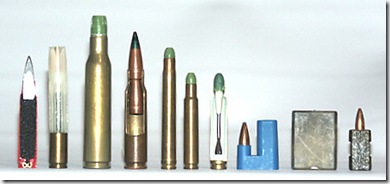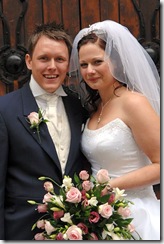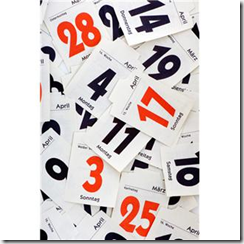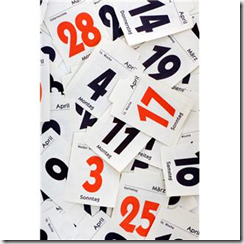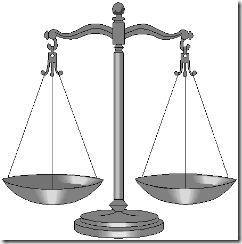It was with some amusement that I read in CSO (Chief Sales Officer)
http://www.csoinsights.com/Topics/Sales-Strategy
that:
· 80% of sales opportunities are LOST to lower prices by the competition,
but ONLY
· 20% of sales opportunities are WON by lower pricing than the competition.
This, as a statistic, does not make sense.
To make sense they would have to be similar.
Instead, they are a Pareto:
80% of the time, I lose on price, and 20% of the time I win on price.
How would we rank this salesperson?
Wins 1 deal in 5, and wins that deal on price?
Unless they have 500% pipeline to target coverage, they never make target.
As a Company, we cannot be growing market share,
in a vibrant market but losing four out of five deals.
We cannot work with focus,
because we do not know which deals we will win or lose
until the pricing quotation is made at the end of the sales process!
The report includes these statistics too,
Poor Sales Process execution is a factor in 20% of losses, and
Sales Execution is a factor in 35% of wins.
Product ‘superiority’ accounts for 75% of wins,
yet is only a factor in 25% of losses.
These combined would suggest that if you have
the cheapest and the best product you succeed
in sales, with the process of selling only playing
a secondary factor!
Finally, a statistic that makes sense:
-
44% of deals are won by the best Customer Relationship and
-
55% of deals are lost by a poorer Customer Relationship
Conclusions
-
You do NOT need salespeople and sales process
to sell your superior product at the lowest price. -
you DO need skilful Salespeople to sell
your similar product at a similar price,
because Buyer Relationship counts! -
You need a Sales Process which WORKS and
you need skilled Salespeople
to sell your product in a market where
you are perceived disadvantaged by product or price!
“WE NEVER LOSE ON PRICE” doesn’t mean you are the cheapest,
it means you have a perspective on the secondary importance of Price
BMAC Consultants specialise in developing skilled sales people
with a powerful sales process that builds strong Buyer Relationships.
.

